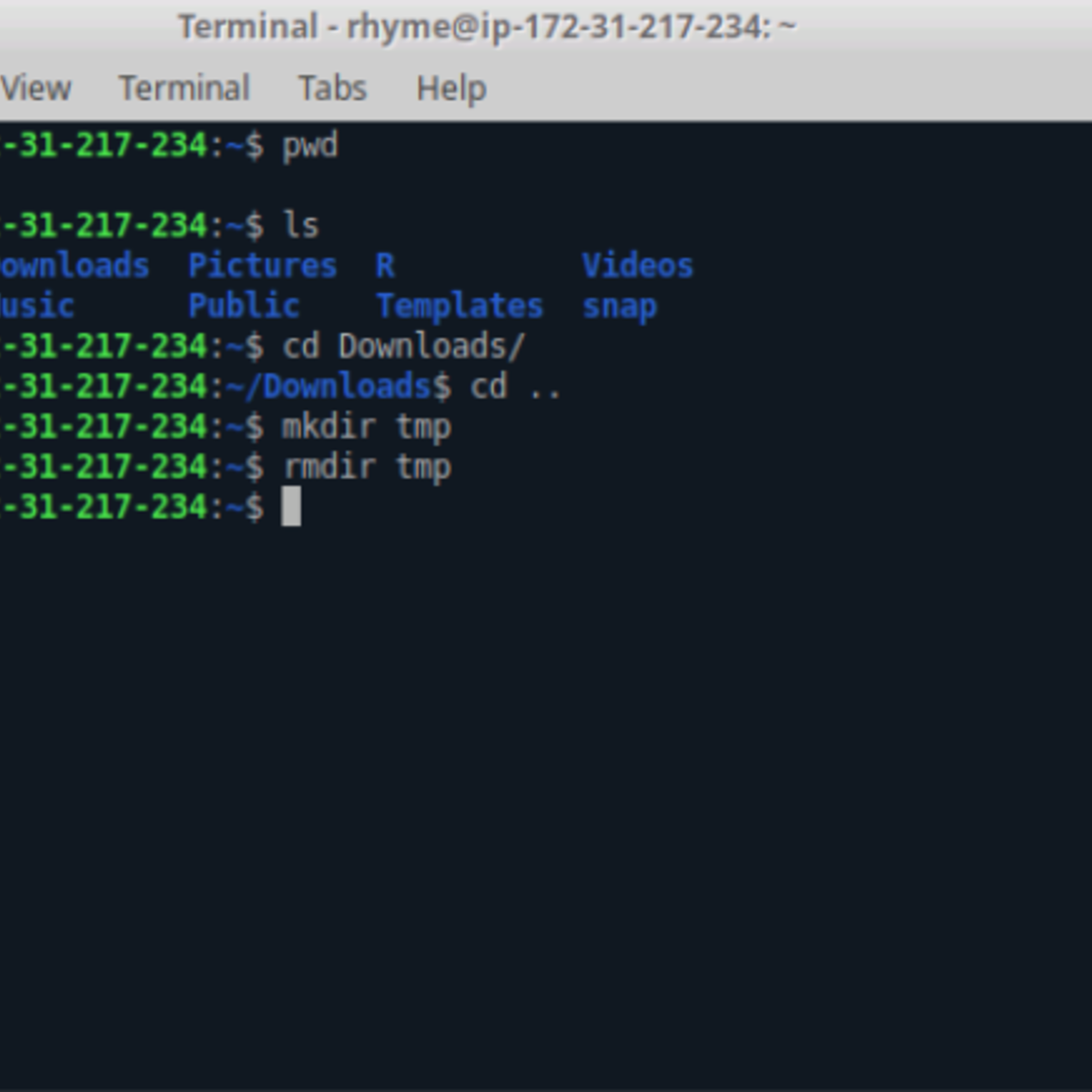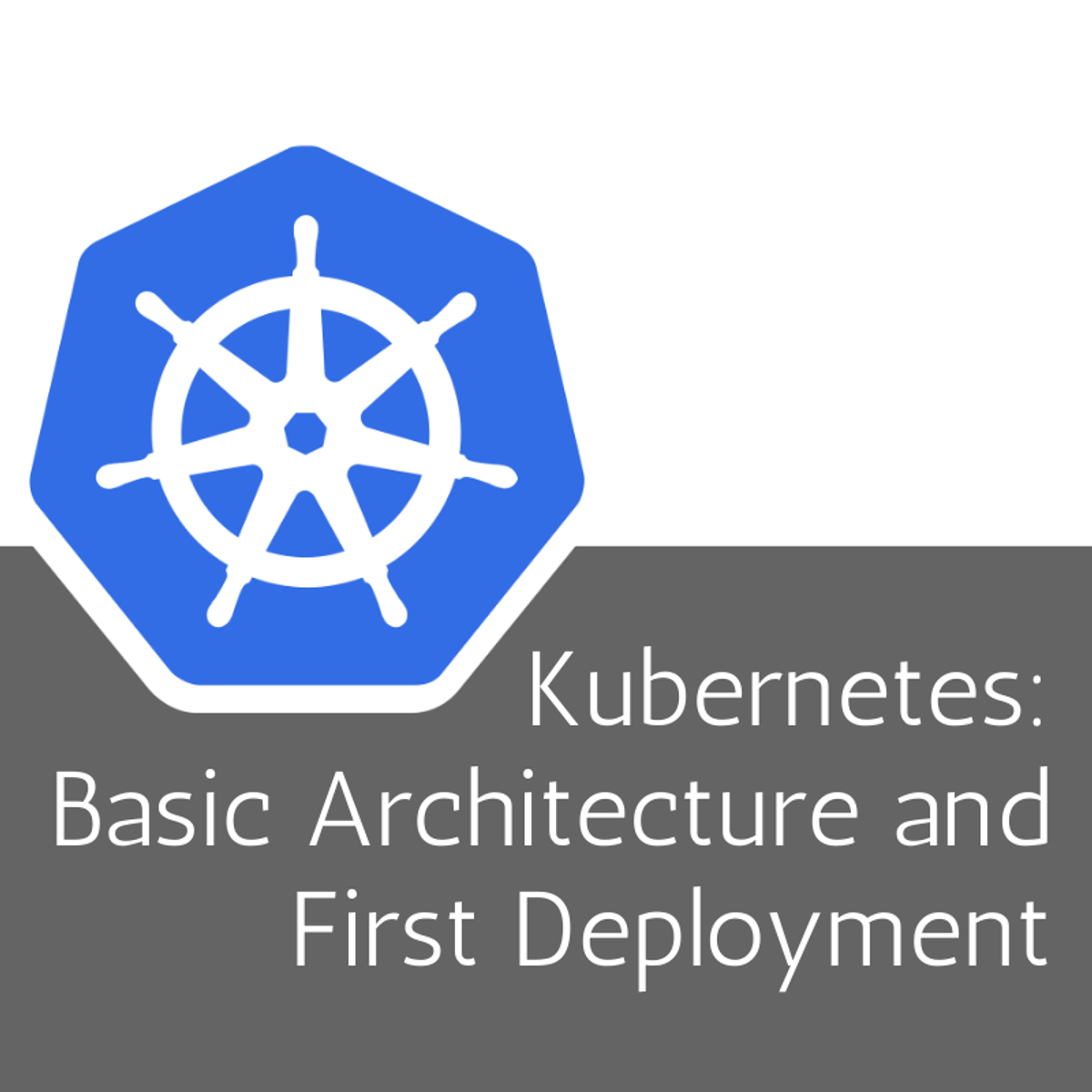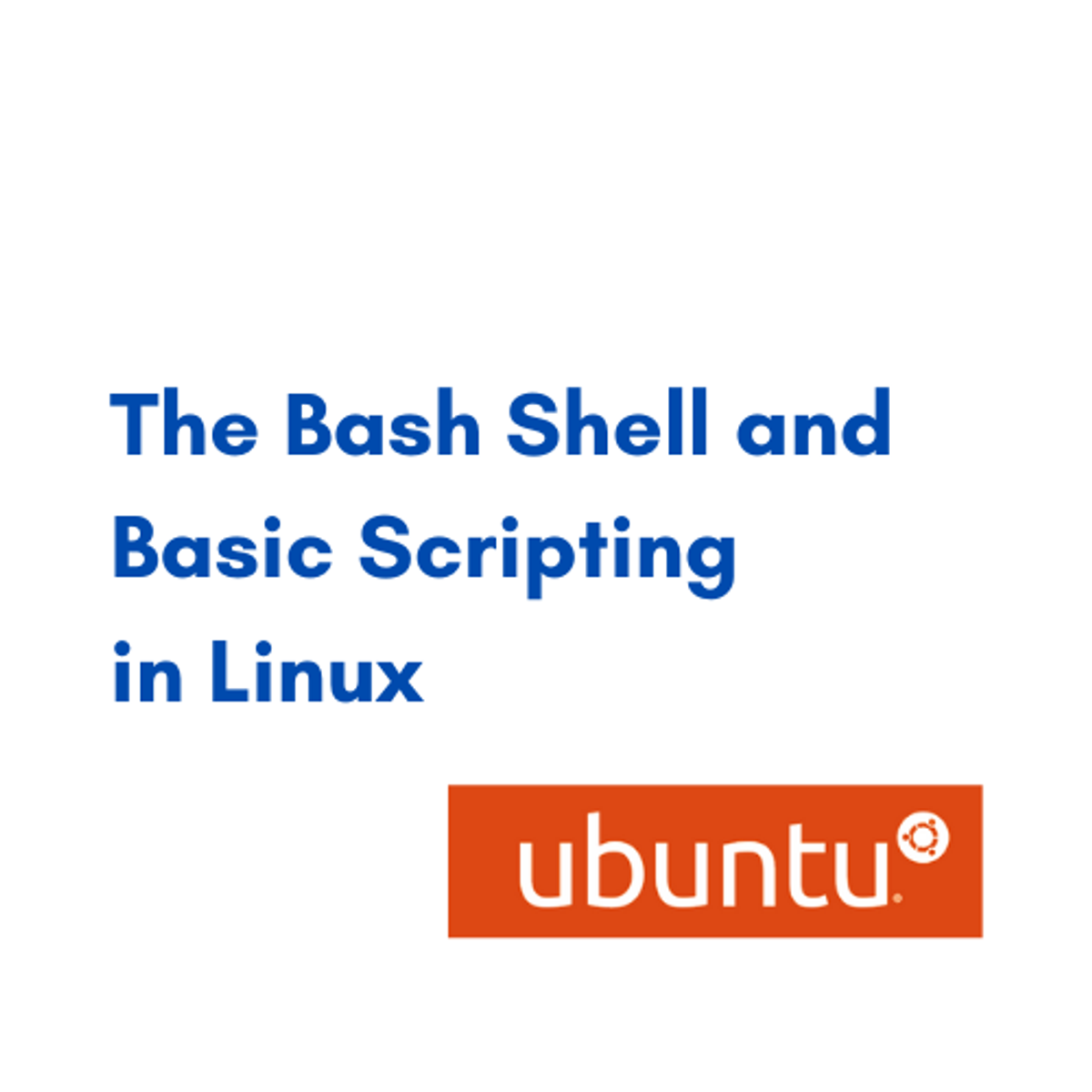Back to Courses









Support And Operations Courses - Page 7
Showing results 61-70 of 203

Pub/Sub Lite: Qwik Start
This is a self-paced lab that takes place in the Google Cloud console.
Pub/Sub Lite is a zonal service for messaging systems with predictable traffic patterns. In this lab you will create Lite topics and Lite subscriptions, then send and receive messages using the Pub/Sub Lite client library for Python.

Command Line in Linux
Linux is a popular operating system that is based on the Unix operating system. It has many distributions which have different interfaces for installing software, different user interfaces, and so on. One thing all of the ‘distros’ have in common is that they all have a command line interface, or terminal. In fact, sometimes there is no user interface except the terminal itself. A Linux server running a web application on AWS, for example, may only contain the software required to run the application, and no GUI ‘window’ system at all. It is crucial to learn the Linux command line if you are going to be a productive Linux user and/or administer a Linux server.
In this course, you will use Linux commands to navigate Linux directories, search for files, search for patterns, create files and directories, and remove files and directories.
Note: This course works best for learners who are based in the North America region. We’re currently working on providing the same experience in other regions.

Kubernetes Engine: Qwik Start
This is a self-paced lab that takes place in the Google Cloud console.
Google Kubernetes Engine provides a managed environment for deploying, managing, and scaling your containerized applications using Google infrastructure. This hands-on lab shows you how deploy a containerized application with Kubernetes Engine.

De-identifying DICOM Data with the Healthcare API
This is a self-paced lab that takes place in the Google Cloud console. Use the de-identification functionality of Cloud Healthcare API with the Digital Imaging and Communications in Medicine (DICOM) data model.

Bash Scripting and System Configuration
Code and run your first Bash script in minutes without installing anything!
This course is designed for learners with no scripting experience. Learners will gain hands-on practice on an Ubuntu system that can be easily transferred to other Unix-based operating systems. The modules in this course cover scripting basics (e.g. control structures), advanced scripting (e.g. regular expressions), git version control, and system configuration (e.g. installing and updating).
To allow for a truly hands-on, self-paced learning experience, this course is video-free. Assignments contain short explanations with images and runnable script examples with suggested edits to explore script examples further, building a deeper understanding by doing. You'll benefit from instant feedback from a variety of assessment items along the way, gently progressing from quick understanding checks (multiple choice, fill in the blank, and un-scrambling code blocks) to small, approachable exercises that take minutes instead of hours.

Kubernetes: Basic Architecture and First Deployment
This course is designed for the absolute beginner to Kubernetes who is asking the question: What is going on with all this Kubernetes stuff?! We take a theory and practical approach to try to demystify the core concepts of Kubernetes to enable you, the user, to be confident going forward and using Kubernetes yourself.
We will acheive this by focussing on the following learning objectives:
1. Understanding core fundamental concepts of Kubernetes
2. Write an actual Kubernetes Deployment
3. Create a cluster and service to expose the cluster to outside connections
By the end of this course, you will know what Kubernetes is all about. You will know its use case as well as the basic architecture behind a Kubernetes cluster at a high level. You will be confident to start using commands against clusters.

Configuring Networks via gcloud
This is a self-paced lab that takes place in the Google Cloud console. In this lab you use the gcloud command line to create VPC networks, subnets, and VM instances, then test connectivity.

The Bash Shell and Basic Scripting in Linux
By the end of this project, you will be able to create your own scripts using the bash shell in Linux. Throughout the project, You’ll be able to identify and apply the basic scripting techniques. Furthermore, You’ll be able to use if statements and loops in bash and manipulate files using bash scripting.
This guided project is for beginners who are interested in the field of programming and scripting, it provides you with basic scripting techniques, which are necessary if you want to pursue a career as a System Admin or DevOps Engineer.
Bash scripts can be used for various purposes, such as executing a shell command, running multiple commands together, customizing administrative tasks, performing task automation etc. So knowledge of bash programming basics is important for every Linux user.

Security Governance & Compliance
Students are introduced to the field of cyber security with a focus on the domain of security & risk management. Topics include the fundamental concepts and goals of cybersecurity (the CIA triad), security governance design, the NIST cybersecurity framework, relevant laws and regulations, and the roles of policies, strategies, and procedures in cybersecurity governance.

Google Meet: Getting Started
This is a Google Cloud Self-Paced Lab. Use Google Meet to hold impromptu video meetings, virtual training classes around the world, remote interviews, and much more. You can complete this lab in 10-15 minutes or use the extra time to explore Google Meet features.
Popular Internships and Jobs by Categories
Find Jobs & Internships
Browse
© 2024 BoostGrad | All rights reserved